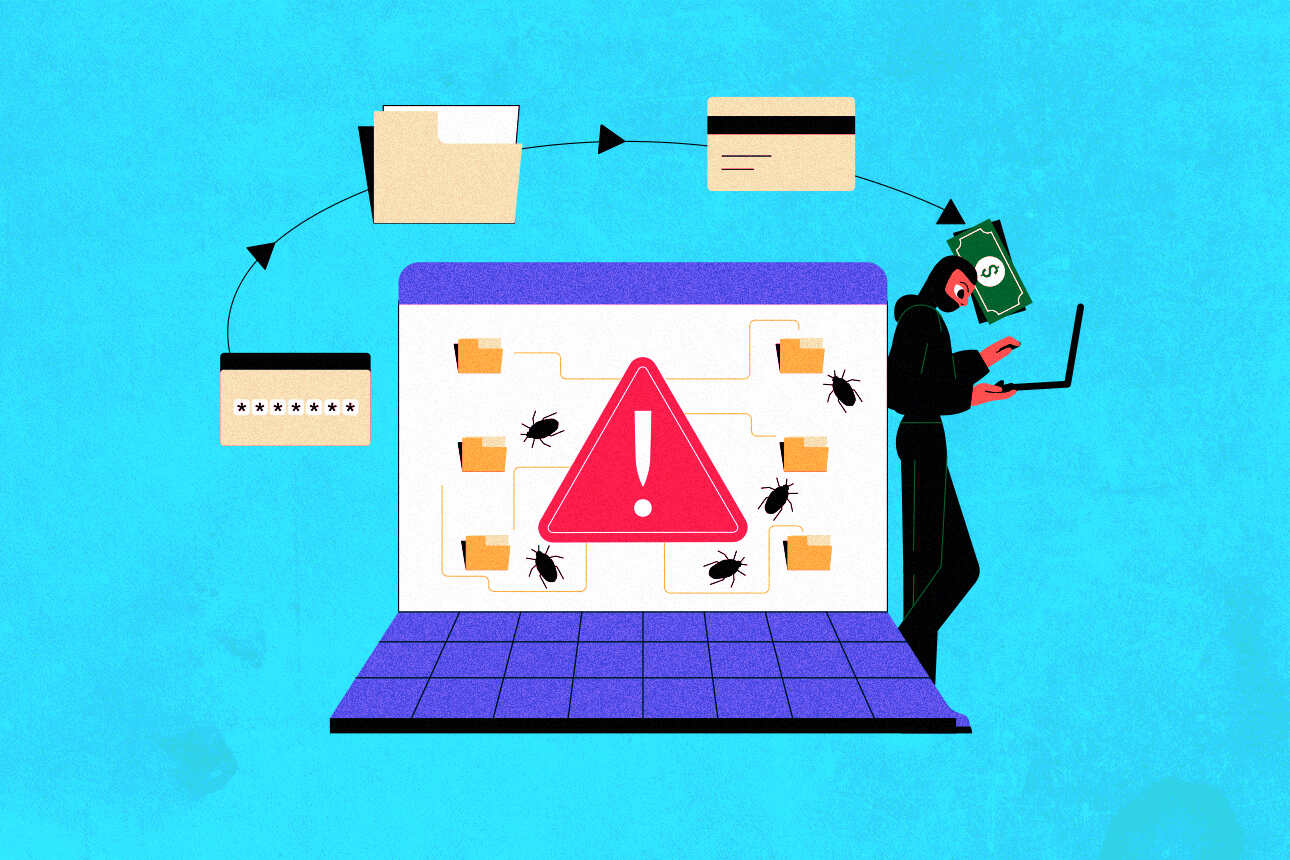80% of Middle East Cyberattacks Result in Data Breaches, Warns New Study
The analysis found that 80% of attacks resulted in the breach of sensitive data, with hackers targeting credentials, trade secrets, and personal data.
News
- KAUST Startups Top $1 Billion, Signaling Saudi Arabia’s Deep-Tech Breakout
- Apple Begins Mapping Its Post-Cook Future
- Lockheed Martin Appoints Daniel Mouton to Lead Middle East Operations
- From Chips to Carbon: Samsung Hikes Chip Prices, Lands $1.3B Deal in Qatar
- Perplexity Voted Weakest Bet at AI Conference
- GovTech Conclave 2026 to Focus on Re-architecting Governance for a New Digital Order

[Image source: Krishna Prasad/MITSMR Middle East]
As the MENA region continues its rapid digital transformation, organizations are increasingly vulnerable to sophisticated cyberattacks, according to a new study by cybersecurity firm Positive Technologies. The study examines the evolving threat landscape across MENA, highlighting the growing risks associated with the widespread adoption of digital technologies and the surge in organized cybercrime. While digital innovation offers increased efficiency and new opportunities across industries, it also significantly expands the attack surface for cybercriminals, who are targeting critical infrastructure, government institutions, and private enterprises.
The report reveals that one in three successful cyberattacks in the region were carried out by advanced persistent threat (APT) groups—highly skilled and well-resourced actors that often engage in cyberespionage and cyberwarfare. These attacks, which go beyond typical cybercrime, aim not only to steal valuable information but also to undermine trust in public institutions and disrupt national security.
“In the near future, we expect cyberthreats in the Middle East to grow both in scale and sophistication,” said Alexey Lukash, analyst at Positive Technologies. “As digital transformation efforts expand, so does the attack surface, creating more opportunities for hackers of all skill levels. Governments in the region need to focus on protecting critical infrastructure, financial institutions, and government systems. The consequences of successful attacks in these areas could have far-reaching implications for national security and sovereignty.”
The analysis further found that 80% of attacks resulted in the breach of sensitive data, with hackers targeting credentials, trade secrets, and personal data. Additionally, 38% of the attacks disrupted business operations, particularly in industries like healthcare, transportation, and government services.
The study also highlights the increasing use of social engineering (61%) and malware (51%) by cybercriminals, who frequently combine these tactics. Remote access trojans (RATs), which were used in 27% of malware-based attacks, were particularly concerning as they allowed attackers to maintain long-term access to compromised systems.
Positive Technologies’ deep dive into the dark web revealed frequent mentions of attacks on organizations in the UAE, Saudi Arabia, Israel, and Qatar—countries at the forefront of digital transformation in the region. The study also pointed out the significant role of hacktivists, who, driven by ideological motives, freely distribute stolen data, exacerbating the cybercrime situation.
To help mitigate these growing threats, Positive Technologies recommends implementing a comprehensive cybersecurity strategy that includes modern vulnerability management systems, network traffic analysis tools, and advanced application security solutions like PT Application Firewall and PT Application Inspector.





